Let’s set the stage. You’re well in tune with your financial needs and are now searching for the perfect partner to guide you. Here are the steps I’d recommend, and in this order, to pick the right financial advisor.
1. Use reputable accredited financial advisor search engines
These platforms list fiduciary, fee-only advisors, meaning they are legally required to act in your best interest and do not earn commissions from selling products. Most, if not all, of these require advisors to have credentials and be vetted through an interview/background process.
- NAPFA (National Association of Personal Financial Advisors)
- Fee-Only Network
- XY Planning Network
- CFP Board’s Find a CFP® Professional
- Garrett Planning Network
Now that we have lists of advisors, you begin to filter preferences.
2. Consider Communication Style
- How are meetings held? In person, over the phone, virtually
- How often do they meet with you?
- Do they explain things clearly?
- Will you have access to them when needed?
Communication is the key to any strong relationship. Make sure the style matches you.
3. Choose the Right Fee Structure
- Flat-Fee: You pay a fixed annual, quarterly, or monthly fee. It’s transparent, predictable, and minimizes if not eliminates conflict of interest. Ideal for high-net-worth individuals who would pay more under percentage of assets (AUM). May have higher up-front costs.
- Percentage of Assets (AUM): You pay a percentage of your investment portfolio (AUM, assets under management). May be a fit for those wanting investment management and don’t mind fees scaling with portfolio growth. Incentive for advisors to grow your portfolio. It can become expensive as assets grow.
- Hourly: You pay an hourly rate. Ideal for needing very specific advice that doesn’t require ongoing commitment. Great for DIY investors who need occasional expert guidance. If you find yourself setting up multiple sessions, the expense could start to add up.
We’ve now decided how we prefer to meet, communicate, and pay for service, let’s filter further.
4. Check Credentials and Experience
Reputable financial advisors hold professional certifications that demonstrate expertise and commitment to ethical standards. Look for:
- Certified Financial Planner (CFP®) – A gold standard in financial planning.
- Chartered Financial Consultant (ChFC®) – A strong alternative to the CFP®.
- Chartered Financial Analyst (CFA®) – Ideal for investment management expertise.
Also, consider their experience. How long have they served others and are the situations similar to yours.
5. Understand Their Investment Philosophy
Different advisors have different approaches to investing. Some focus on passive investing using index funds, while others actively manage portfolios to attempt to beat the market. Ask:
- Do you believe in long-term investing or active trading?
- How do you handle market downturns?
- What is your approach to risk management?
Make sure their philosophy aligns with your comfort level and financial goals. A lot of advisor websites will include ‘Investment Philosophy’ in a FAQ section.
6. Verify Their Background
Check an advisor’s background for any disciplinary actions, complaints, or ethical violations.
- SEC’s Investment Adviser Public Disclosure (https://adviserinfo.sec.gov/)
- FINRA’s BrokerCheck (https://brokercheck.finra.org/)
7. Interview at Least 2-3 Advisors
Go through steps 3 – 5 with each advisor to ensure they are a right fit for you.
Final Thoughts
Trust Your Instincts. At the end of the day, the perfect financial advisor is someone you trust, feel comfortable working with, and who genuinely has your best interests at heart. If something feels off, keep looking.
If you’d like to learn more about how I work with families, schedule a complimentary introduction call below.
The information on this blog is for general informational purposes only and does not constitute financial, legal, tax, or investment advice. Always consult a qualified professional before making financial decisions. For details or personalized advice, please contact us directly.
